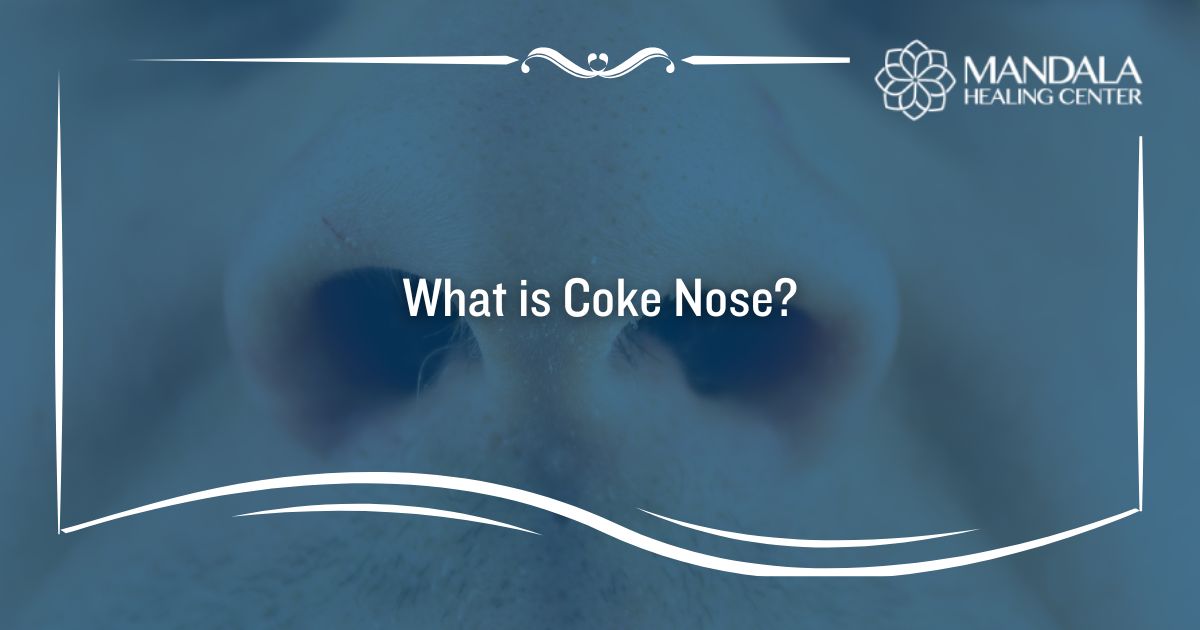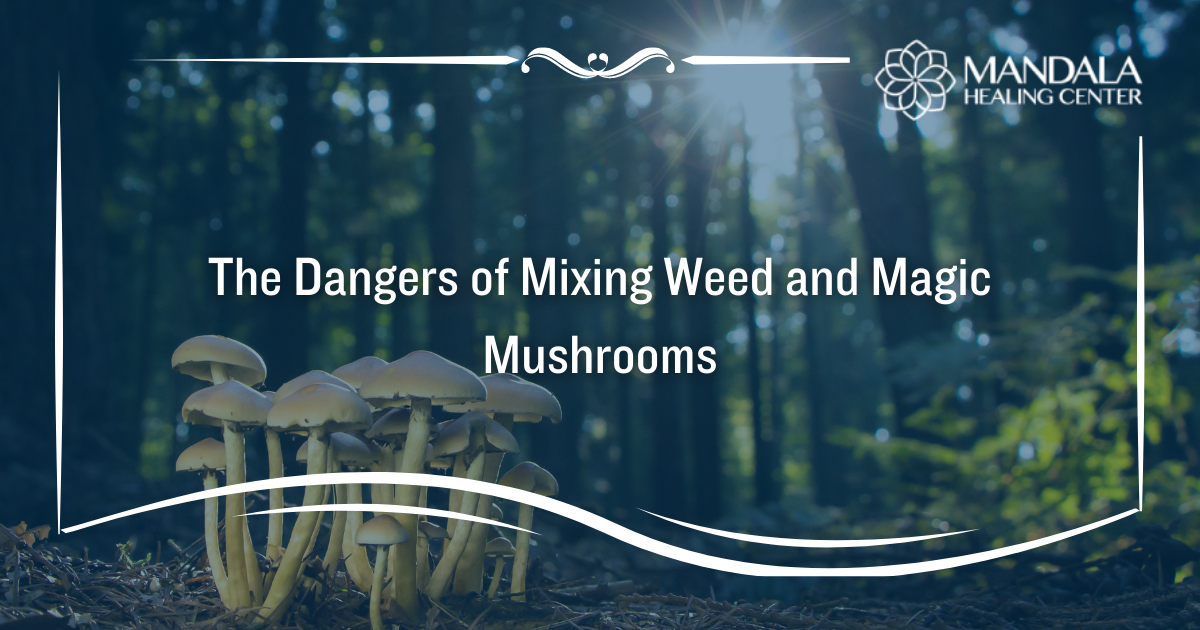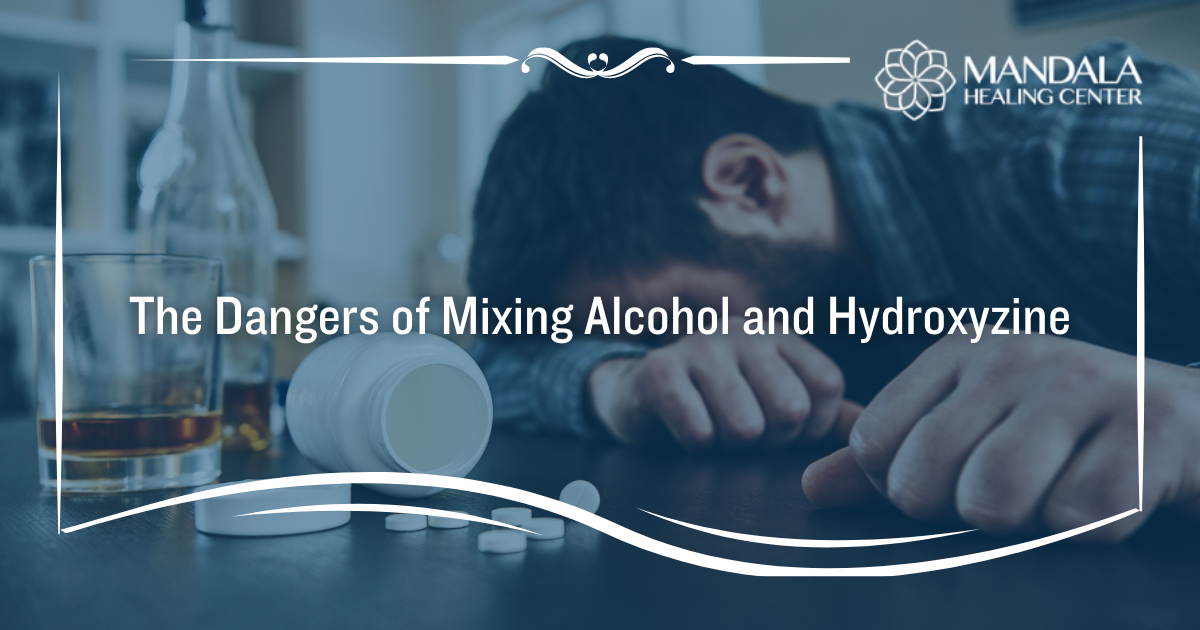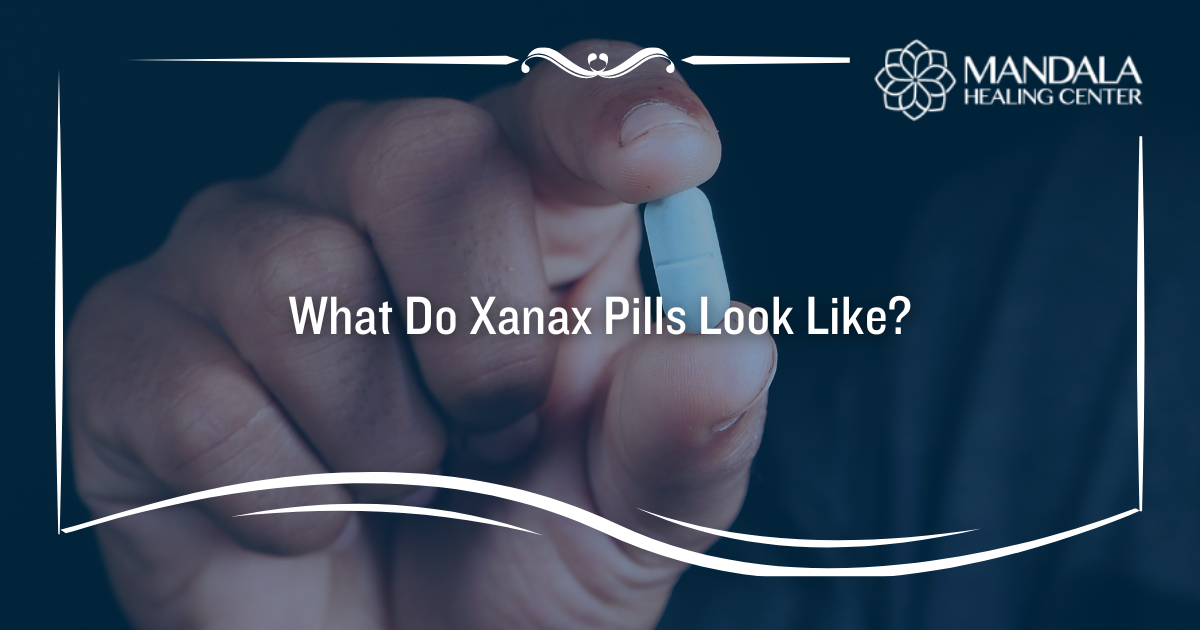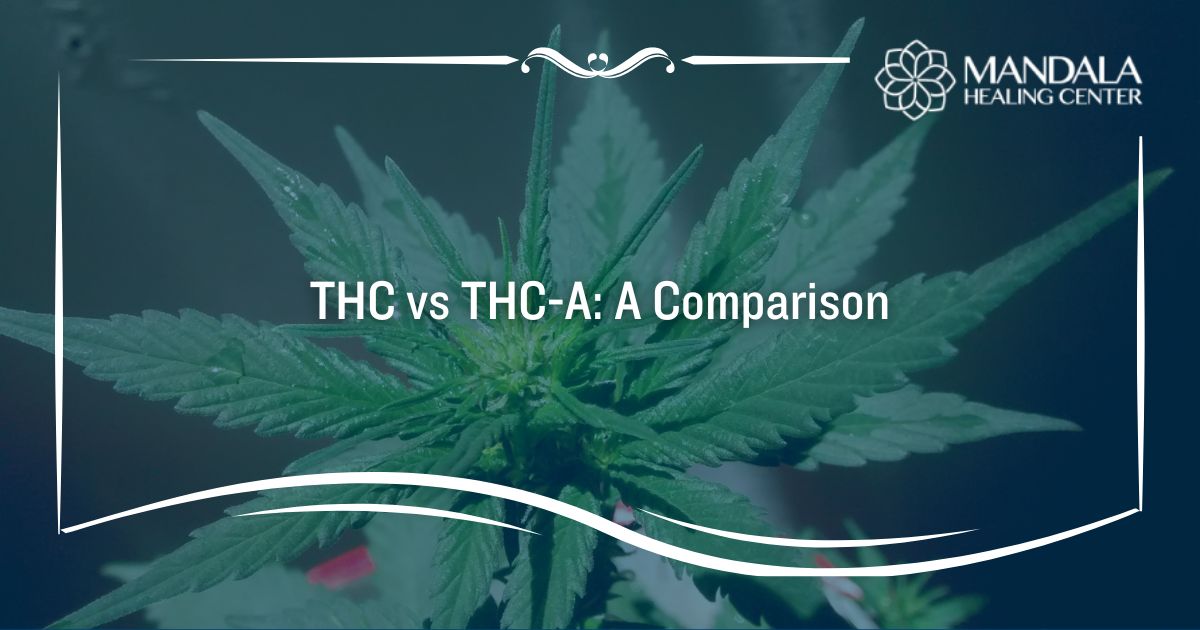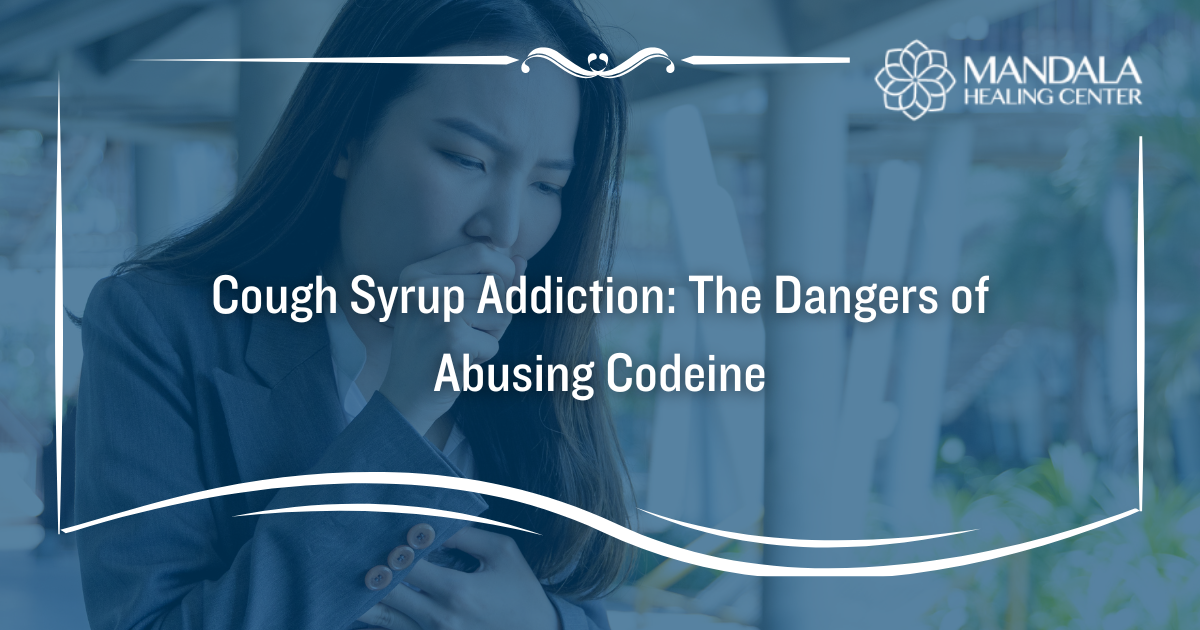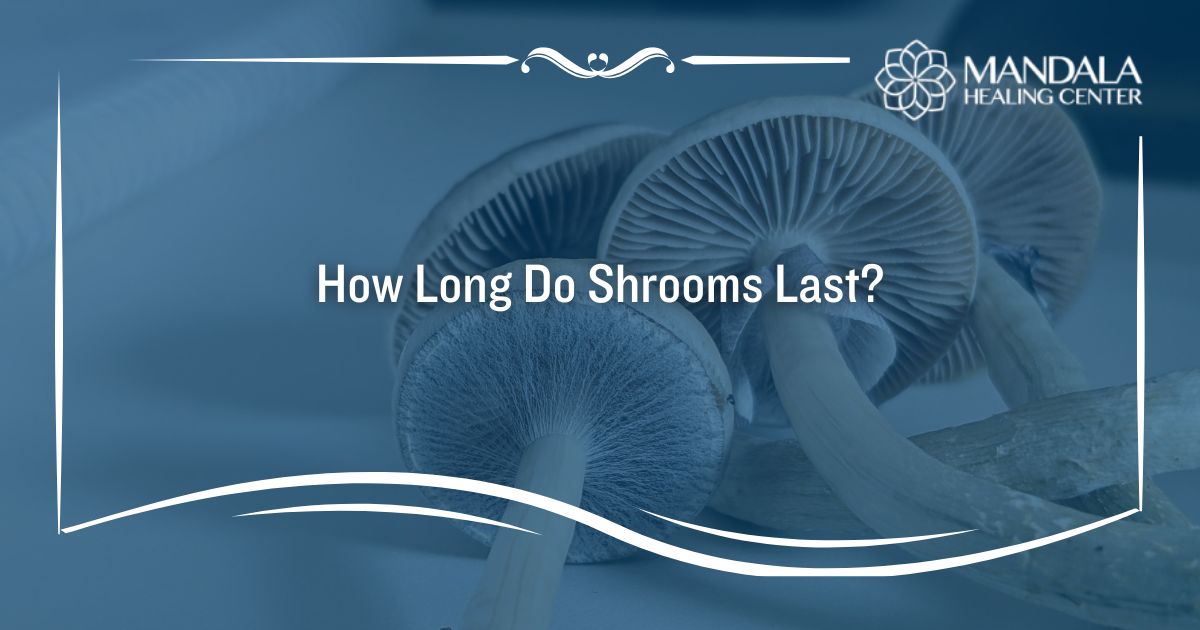Cocaine is a powerful stimulant drug that causes mind-altering effects like increased energy, a rush of euphoria, and a lessened need for food and sleep. It also causes dangerous physical effects like fast or irregular heart rate, increased body temperature, and high blood pressure. Unfortunately, despite the risks, many people abuse cocaine and develop long-term addictions to the drug.
According to the U.S. Department of Justice (DOJ), 27,788,000 people have abused cocaine at some point in their lifetime.[1]
One of the well-known risks of abusing cocaine is something referred to as “coke nose.” It is most common to abuse cocaine by snorting it. Because of this, it can do short and long-term damage to the nose and nasal passages.
Cocaine nose encompasses a wide range of nasal issues, including persistent runny nose, nasal congestion, frequent nosebleeds, trouble breathing through the nose, saddle nose deformity, and more.
While some types of nasal damage from cocaine are permanent, most of it is treatable. Attending a drug rehab program will help you recover from the effects of cocaine on your nose, as well as the physical and psychological impacts of addiction.
In this article, you will learn:
- What coke nose is
- What types of damage does cocaine do to the nose
- How to recover from cocaine addiction and nasal damage
What is Cocaine Nose?
Cocaine nose is a term used to describe the damage that prolonged cocaine use does to your nose. Because cocaine constricts blood vessels, it disrupts blood flow to your septum. The diminished blood supply starves your nasal tissues, allowing the damage from repeated snorting to take effect.
The early symptoms of coke nose include chronic inflammation of the nasal lining, congestion, and recurring nosebleeds. As the damage from chronic cocaine use continues, you’ll develop infections in the nasal cavity and tissue death from a lack of blood flow. Eventually, cocaine nose causes your septum to deteriorate, leading to perforation of the septum.[2]
Septal perforation changes the nasal structure, making it difficult to breathe and speak properly. It requires surgical intervention to repair the structure of your septum. Thankfully, you can prevent yourself from developing a coke nose by attending a professional addiction treatment center.
Symptoms of Coke Nose
The snorting of cocaine can cause extensive damage to the nasal mucosa – the tissue that lines the nasal cavity. If you are worried that you are developing a cocaine nose, knowing the signs and symptoms can help you determine whether it’s time to seek help for your addiction.
The symptoms of coke nose include:[3]
- Nosebleeds – frequent cocaine snorting damages the blood vessels in your nose, making you susceptible to nosebleeds.
- Chronic Runny Nose – cocaine irritates and inflames your nasal passages, causing continuous discharge and runny nose.
- Nasal Congestion – cocaine use causes your nasal passages to swell and become blocked, leading to a feeling of congestion.
- Trouble Breathing Through the Nose – as cocaine abuse progresses, the damage can obstruct airflow and make breathing through your nose difficult.
- Whistling Noises – if you have a small perforation in your nasal septum, you might notice a whistling noise when you breathe through your nose.
- Pain or Discomfort – the combination of the chemical irritant from cocaine and damage from frequent use can lead to pain and discomfort in your nasal passages leading to your throat.
- Saddle Nose Deformity – long-term cocaine use can cause your nasal bridge to collapse, causing your nose to look flat.
- Septal Perforation – chronic cocaine use can lead to septal perforation, which is a hole that allows airflow between the nostrils.
Can You Recover From Cocaine Nose?
You can recover from the early stages of cocaine nose. For example, frequent nosebleeds, chronic inflammation, and some infections are treatable. The only way to prevent these issues from returning after treatment is to abstain from cocaine abuse, which means you’ll need to attend a professional addiction treatment center.
The late stages of coke nose like septal perforation and saddle nose deformities require surgical intervention to recover. A surgeon will either have to repair the bridge of your nose or the septum, which can be difficult depending on the extent of the damage that occurred.
If you are worried about developing a cocaine nose, you should seek help from a cocaine rehab center. These programs offer medical detox, individual therapy, support groups, and relapse prevention planning to help you achieve long-term sobriety from cocaine. By receiving this treatment, you eliminate the risk of experiencing further damage from cocaine abuse.
Get Connected to a Top-Rated Cocaine Rehab Center
If you or a loved one suffers from cocaine addiction, it’s time to seek professional help. While some nasal tissue damage can be repaired, septal perforation and saddle nose deformities are difficult to recover from. Instead of allowing yourself to experience long-term nasal issues from cocaine use, accept help from an addiction treatment center.
At the Mandala Healing Center, we offer a combination of evidence-based and compassionate addiction care. In other words, we will provide you with the care you need while helping you feel safe and supported throughout the entire process.
Contact us today for more information on how we can help you recover from cocaine addiction.
References:
- The U.S. Department of Justice (DOJ): Powdered Cocaine Fast Facts
- Science Direct: Cocaine-induced midline destructive lesions — An autoimmune disease
- Springer Nature Link: Effects of cocaine on human nasal mucosa


